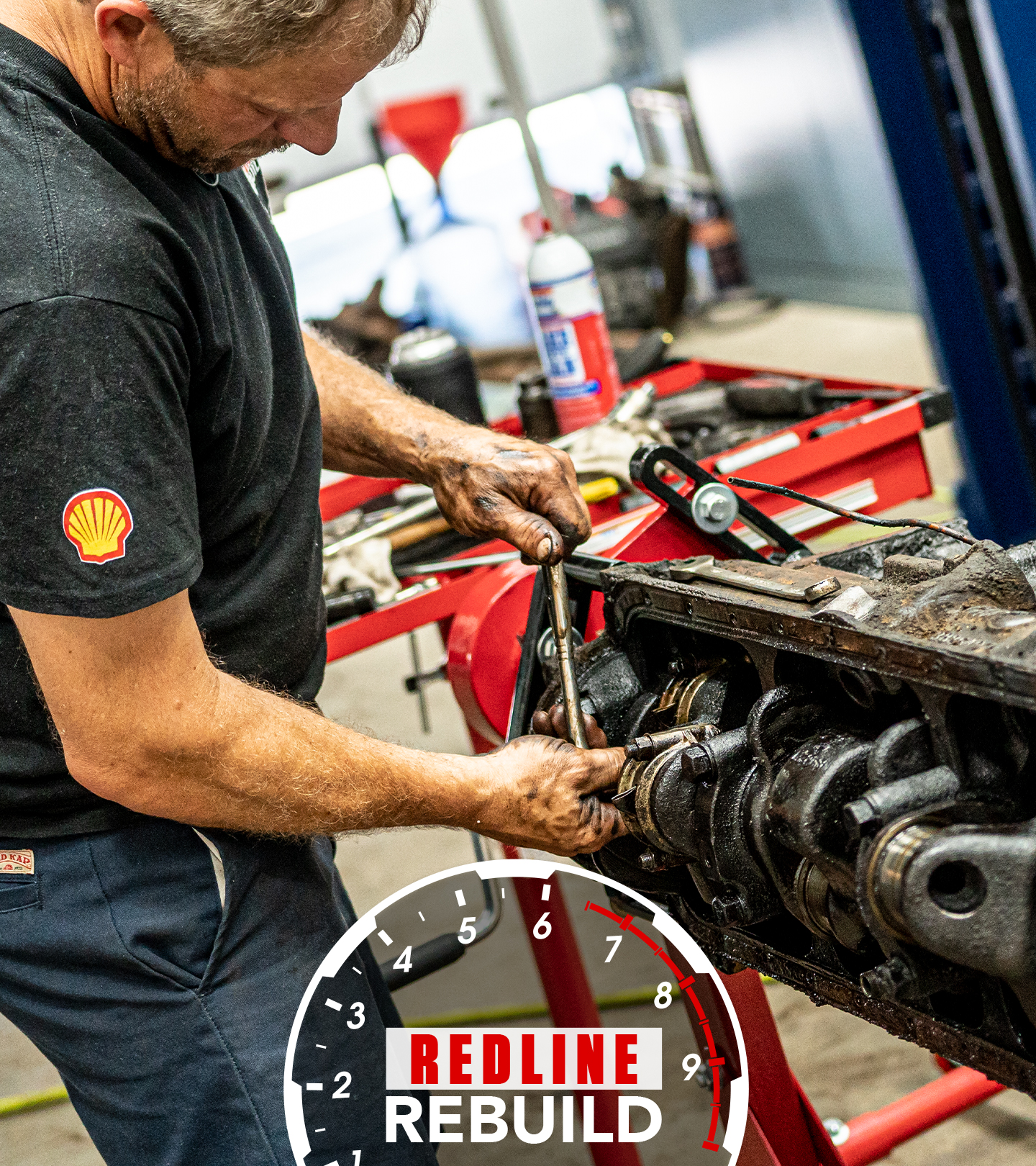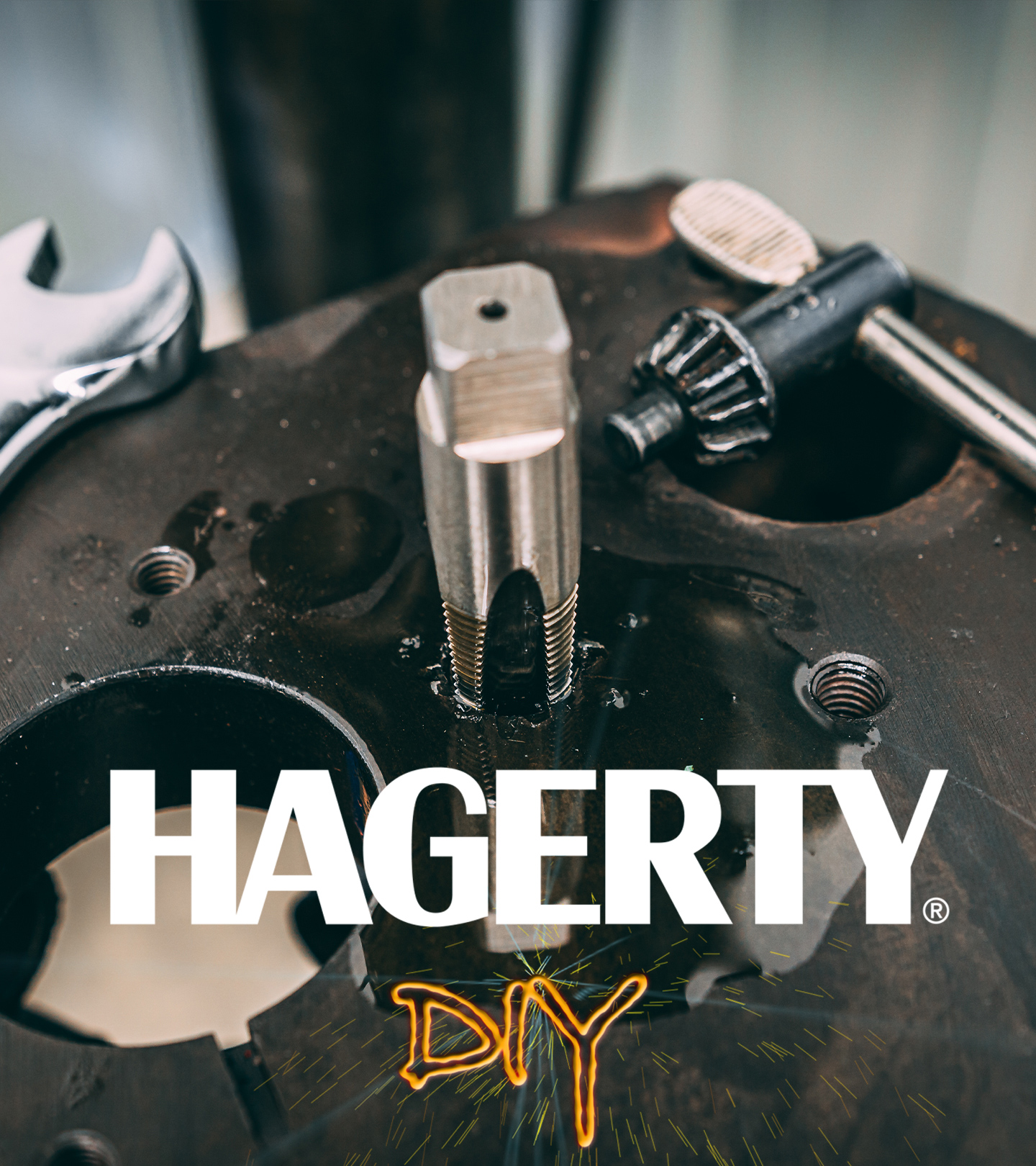Flat Out in a 603-hp, Corvette V-8-powered Porsche 911 - Hagerty Media
The first thing you notice about Bob Radke’s canary yellow 1975 Porsche 911 is that it doesn’t sound like a Porsche. Too much boom-boom out of the twin exhaust, and where’s that trademark whizz of the cooling fan? Open the hatch and you’ll see why: instead of a flat-six from Zuffenhausen, there’s an American lump in cast-aluminum with eight plug wires and injectors all under a big cheesecake air cleaner.
That thudding sound you’re hearing is the air-cooled faithful of the Porsche Luftgeschmalz fainting from shock.
20180621201001)
Radke is a fuel-injection tuner by profession, having made a good business out of reprogramming both factory and aftermarket ECUs for more horsepower and torque. These days, for example, he does a steady trade with the people who buy the Polaris Slingshot, a three-wheeled roadster with a GM Ecotec 2.4-liter four-cylinder that is, according to Radke, ripe for turbocharging and tweaking.
In his spare time he decided to, um, repurpose a mid-’70s Porsche 911S that he found as a no-engine basket-case. He bought it years ago for a song and made it a showcase for his talents. Instead of the car’s original 2.7-liter, 165-hp flat-six, the hole in the back now packs an aluminum General Motors LS6 V-8, which appeared in a variety of GM products from 2001 to 2005 including the Chevy Corvette Z06 and the Cadillac CTS V-series. This one has been stroked to 383 cubic inches and makes 603 horsepower and 543 pound-feet of torque. Being an ECU tuner, Radke is particularly proud of the fact that the torque curve is so flat that the engine cranks over 500 pound-feet for more than 2000 rpm.
20180621201758)
20180621201810)
20180621201305)
The heart transplant seems sacrilegious—and perhaps a bit tail-heavy—until you realize that none of the car’s original structure had to be cut to install the V-8, the GM small-block being one of the most compact and package-efficient engines ever devised. Radke used a kit from Renegade Hybrids, a Las Vegas firm that specializes in LS-swapped Porsches. The engine slips in relatively easily, fitting up to the stock rear engine mounting points. The transmission mount under the Porsche four-speed gets modified somewhat, and a radiator goes in the nose that is forward canted, just as it would be in a contemporary Corvette. Radke says putting the original flat-six back in would be no big deal, if he had the engine. And wanted to.
The car weighs 2490 pounds, he says, within about 30 pounds of the stock ’75 911S coupe, and has slightly better weight distribution “by a percent or two.” His one major deviation was to reverse-flow cool the engine in a search for engine for better combustion efficiency, sending water to the heads first, then the block.
20180621201507)
Since this video was shot, Radke has had the car lowered and the bushings up front have been replaced. He says it now drives even more like the rear-engine slot car it was meant to be, but with a whole lot more juice to the wheels. 600 horses of American muscle will do that.










